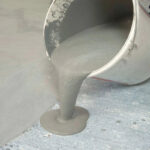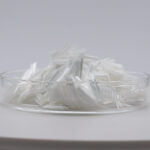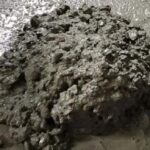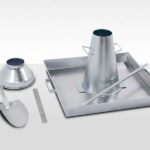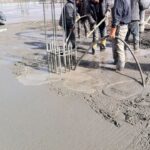Polycarboxylate admixtures are important components in concrete preparation. Adding polycarboxylate superplasticizers reasonably can achieve ideal water reduction and strength enhancement, playing an active role in concrete preparation and application.

Polycarboxylate superplasticizers are a new, highly efficient type of admixture, usually added at about 0.5%. In concrete preparation, they help reduce water, enhance strength, and maintain good workability.
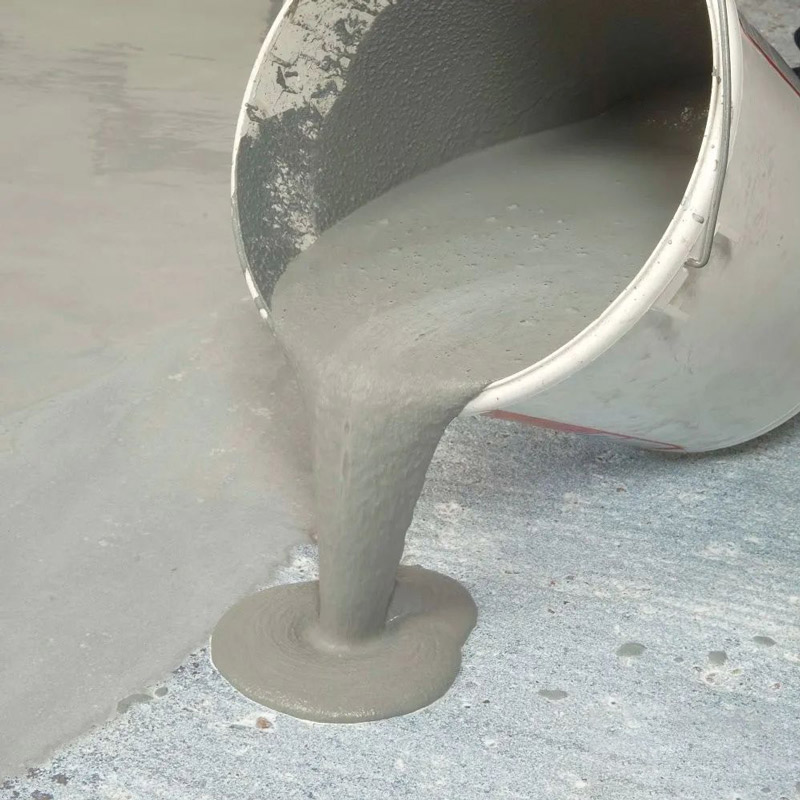
Research on Polycarboxylate Superplasticizers
- High Dependence on Concrete Materials and Mix Proportion
The water-reducing effect of admixtures depends on specific mix proportions, base cement, and a controlled mixing process. Polycarboxylate superplasticizers show good water reduction at low doses, but their effect is highly dependent on the test conditions. Cement content in the concrete greatly influences the water reduction, and the effect is better with mechanical mixing, about 3% higher than manual mixing. - Sensitivity of Concrete Mix Performance to Water Content
Concrete mix performance indicators include water retention, cohesion, and fluidity. However, using polycarboxylate superplasticizers doesn’t always meet all these indicators. The mix is very sensitive to water content. For example, an increase of just 2 kg/m³ of water can cause severe bleeding, making it difficult to maintain uniformity, leading to defects like sanding, surface pits, and holes in the structure, and significantly reducing strength and durability. - Strong Dependence of Water Reduction on Dosage
For instance, in preparing a concrete mix with 480 kg/m³ of cementitious material (cement, slag, and fly ash), increasing the polycarboxylate superplasticizer dosage from 0.78% to 1.40% improves the water reduction rate from 17.5% to 32.1%. However, this dependence does not always increase with higher dosage, often leading to inconsistent results. Therefore, the data in product quality reports may only reflect basic information, and actual application effects need to be verified through experiments, increasing the workload. - Risk of Segregation in High-Fluidity Concrete
Even with well-controlled dosage and water content, high-fluidity concrete often experiences segregation. Coarse aggregates tend to sink, while the paste or mortar rises to the top. This is mainly due to the high fluidity of polycarboxylate superplasticizer concrete, which lowers the viscosity of the paste, leading to segregation. - Poor Compatibility with Other Superplasticizers
Previously, replacing one type of admixture with another didn’t cause significant changes in the mix. However, when mixing polycarboxylate superplasticizers with others like naphthalene-based admixtures, various issues arise, such as excessive dryness, difficulty in unloading the concrete mix, and rapid slump loss. Polycarboxylate superplasticizers mix well only with lignosulfonate-based superplasticizers. They have poor compatibility with other types, leading to poor fluidity, severe slump loss, increased water demand, and eventually, compromised strength and durability. - Lack of Modification Methods with Other Components
Due to the unique molecular structure of polycarboxylate superplasticizers, current research and engineering experience haven’t developed sufficient methods to modify them. Existing theories and standards for other superplasticizers don’t apply well to polycarboxylate types, requiring further research and revision. - Insufficient Technical Depth and Stability
There are few producers of polycarboxylate superplasticizers in China, and even fewer are considered fine chemical companies. The main raw materials for these products are primarily imported from Germany and South Korea, leading to only partial domestic production and insufficient technical depth and product stability.
Safe Use of Polycarboxylate Admixtures
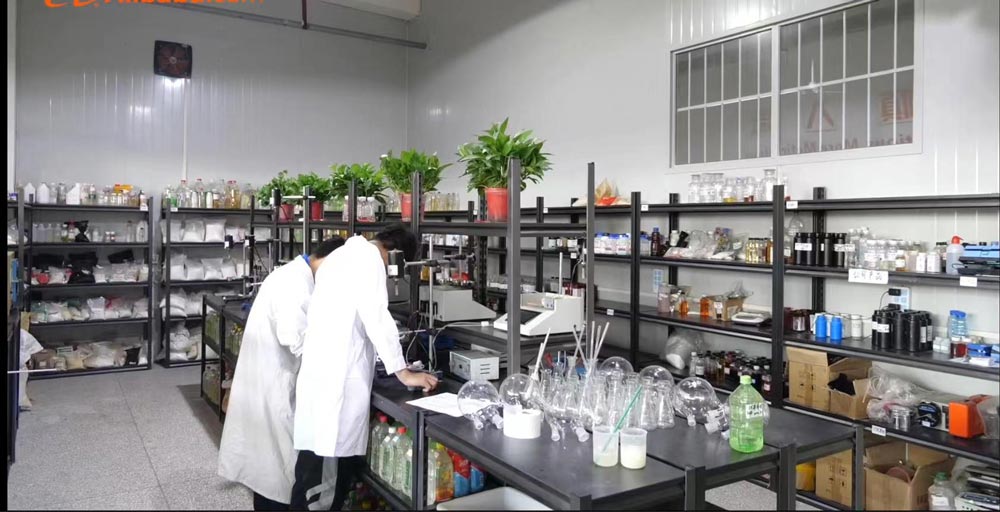
- Avoid Mixing with Other Superplasticizers
Due to the special molecular structure of polycarboxylate superplasticizers and their poor compatibility with other superplasticizers, they should not be mixed with other types, as it can reduce the quality of the concrete. Current research and engineering experience haven’t developed sufficient modification methods, so mixing them with other superplasticizers during concrete preparation should be avoided. - Combine with Practical Engineering Tests
Polycarboxylate superplasticizers often face various issues during use. Their outstanding performance in one concrete project doesn’t guarantee suitability for others, and may even produce opposite effects. Therefore, always base the application of polycarboxylate superplasticizers on actual engineering tests and trust the results. - Avoid Contact with Iron Materials
Polycarboxylate superplasticizers can undergo sudden performance changes when in contact with iron materials. Therefore, during transportation and storage, avoid contact with iron materials. It’s better to use glass or plastic materials. - Strictly Measure Mixing Water and Superplasticizer
During concrete preparation, strictly follow the laboratory’s recommended optimal water content and polycarboxylate superplasticizer dosage. Avoid random adjustments to prevent issues like bleeding, segregation, stiffening, increased air content, dryness, and other problems that can make concrete pumping and casting difficult. - Enhance Curing
Although polycarboxylate superplasticizers have a minimal impact on concrete shrinkage, they still have some effect. Therefore, pay attention to early and later curing after concrete casting, including troweling, film covering, and spraying, to ensure proper curing.


